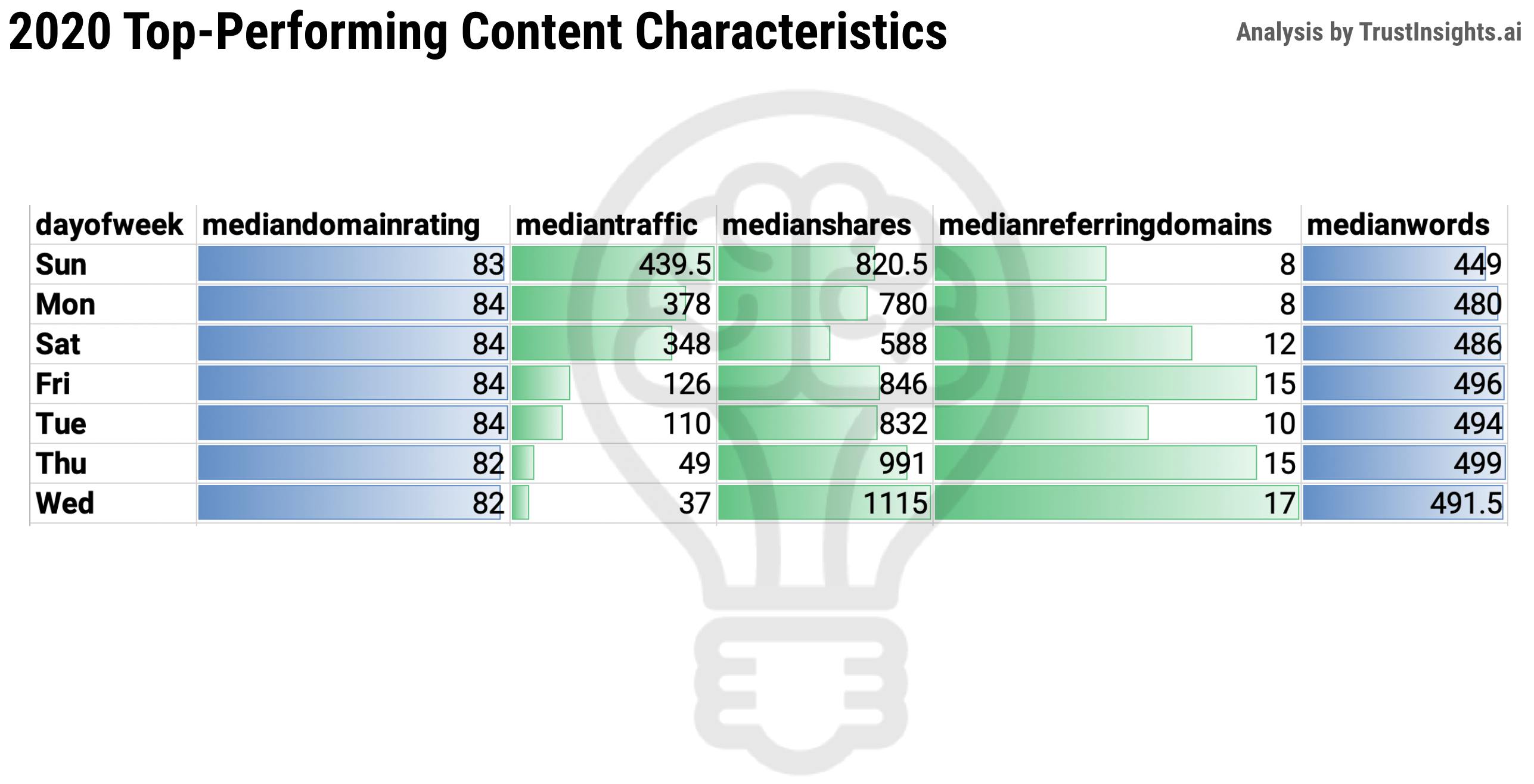Churn.
What does that term mean to you?
In marketing and sales, churn is essentially how quickly you lose your customer base, how fast it churns. As marketers, sales pros, and business owners, we care deeply about churn because, for the most part, it costs so much more to replace a customer than it does to keep them happy. Churning a good customer can be devastating to a business.
We measure churn very simply:
- Measure existing customers for a period of time.
- Measure existing customers we lost in that period.
- Measure new customers acquired during that period.
- Measure new customers we lost during that period.
- Add total customers lost.
- Add total customers.
- Divide lost/total to get your churn rate.
So, churn is a powerful tool for measuring our customer base. Why do we only use it for customers?
Consider every step, every stage in the buyer’s journey (the first half of the customer journey). What if we measured our churn rates at each major stage? We might discover that we’re losing loyal audience members along the way at a critical point, especially in the consideration/evaluation phase of the customer journey. What if we could reduce churn in, say, our newsletter subscribers? Depending on what part of our marketing operations funnel is weakest, we could dramatically improve our marketing effectiveness by slowing churn at key stages on the way to conversion.
Creating a churn measurement for different systems – like web analytics, social media audiences, email marketing – is difficult but not impossible. If you’ve identified one stage in your marketing operations funnel that is performing most poorly, consider implementing churn metrics just for that stage to see just how bad the damage is. You might be surprised at what you’re losing – and be ecstatic when you fix it.

This week’s Bright Idea is a behind-the-scenes look at how we produce the In-Ear Insights podcast, including the software and the overall workflow. If you’re currently producing a podcast, or thinking about one, watch how we make ours to see if any tips and tricks might be useful for you.
Watch the session now on Youtube >.

This week’s Rear View Mirror looks at top-performing content on the web year to date. What characteristics of top-performing content that’s been published so far? We examined 44,002 articles published in 2020 (no republished content), in the English language to find:

- The top day for content to be consumed? Sundays, with content having a median of 439 visits.
- The top day for content to be shared? Wednesdays, with a median of 1,115 shares across Facebook, Twitter, and Pinterest.
- The top day for inbound links? Also Wednesdays, with a median of 17 links.
- Articles in January had a median of 487 words overall, with the largest articles published on Thursdays at 499 words.
What should we take away from these descriptive statistics? In terms of expectations, follow user behavior. People still, at least in the English-reading world, read stuff on Sundays. For what to produce? Aim for about 500 words in your content – that seems to be the sweet spot among top-performing content. And note the disparity between shares and traffic – sharing doesn’t at all equal traffic, so if your goal is getting readers to your content, choose your day wisely.
Methodology Disclosure: Trust Insights used the AHREFS SEO tool to examine 9.2 million articles published for the first time in January 2020 in the English language. Republished content was excluded. From this corpus, we extracted the top 10,000 articles by social shares, organic traffic, traffic value, domain rating, linking domains, and by individual social network for a final corpus of 44,002 top-performing articles by at least one metric, then blended them together for aggregate metrics. The timeframe of the study is January 1, 2020 to January 29, 2020. The date of extraction is January 29, 2020. Trust Insights is the sole sponsor of the study and neither gave nor received compensation for data used, beyond applicable service fees to software vendors.

- Marketing Analytics, Data Science and Leadership via January 27, 2020 Week In Review
- {PODCAST} In-Ear Insights: Account-Based Marketing (ABM) and AI
- The Death of the Citizen Data Scientist
- Data Analytics, Business Analytics, and Marketing Analytics
- 2020 Data-Driven Marketing Trends Report

Shiny Objects is a roundup of the best content you and others have written and shared in the last week.
Social Media Marketing
- What Is Dark Social? Why Should I Care? via Agorapulse
- Social Media Management 101: What You Need to Know
- You Ask, I Answer: Marketing Opportunities on Tiktok?
Media and Content
- Get More Views With Data-driven YouTube Marketing Strategies via Brandwatch
- 7 Ways to Unite Your Content Team in a Remote Work World
- How to Do Diversity and Inclusive Content Marketing That Matters
Tools, Machine Learning, and AI
- Why the smartest AI is still dumber than a toddler – and how we can fix that
- What We Learned by Teaching an AI to Write Super Bowl Ads Adweek
- Build your first Machine Learning pipeline using scikit-learn!
Analytics, Stats, and Data Science
- You Ask, I Answer: What is Data Science for Marketing?
- Data Privacy Day: How to protect your personal information online
- Measure Form Usage with Event Tracking via Whiteboard Friday via Moz
SEO, Google, and Paid Media
- This SEO Writing Tactic Never Works via SuccessWorks
- The Dirty Little Featured Snippet Secret: Where Humans Rely on Algorithmic Intervention via Moz
- How Will AI Change the Future of SEO? via ReadWrite
Business and Leadership
- Does Apple Anchor a Shopping Mall? The Effect of the Technology Stores on the Formation of Market Structure via Harvard Business School Working Knowledge
- Advanced Leadership Requires More Than Outside-The-Box Thinking via Harvard Business School Working Knowledge
- Proptech and the Rising Tide of Technology in the Real Estate Industry via insideBIGDATA
Join the Club
Are you a member of our free Slack group, Analytics for Marketers? Join 800 like-minded marketers who care about data and measuring their success. Membership is free – join today.
Upcoming Events
Where can you find us in person?
- Social Media Marketing World, March 2020, San Diego, CA
- MarTech West, April 2020, San Jose, CA
- ContentTech Summit, April 2020, San Diega, CA
- HELLO Conference, April 2020, New Jersey
- Women in Analytics, June 2020, Columbus, OH
- MAICON 2020, July 2020, Cleveland, OH
Going to a conference we should know about? Reach out!
Want some private training at your company? Ask us!
In Your Ears
Would you rather listen to our content? Follow the Trust Insights show, In-Ear Insights in the podcast listening software of your choice:
- In-Ear Insights on iTunes/Apple
- In-Ear Insights on Google Podcasts
- In-Ear Insights on all other podcasting software
Social follow buttons
Make sure you don’t miss a thing! Follow Trust Insights on the social channels of your choice:
Required FTC Disclosures
Events with links have purchased sponsorships in this newsletter and as a result, Trust Insights receives financial compensation for promoting them.
Trust Insights maintains business partnerships with companies including, but not limited to, IBM, Talkwalker, Zignal Labs, Agorapulse, and others. While links shared from partners are not explicit endorsements, nor do they directly financially benefit Trust Insights, a commercial relationship exists for which we may receive indirect financial benefit.
Conclusion
Thanks for subscribing and supporting us. Let us know if you want to see something different or have any feedback for us!













